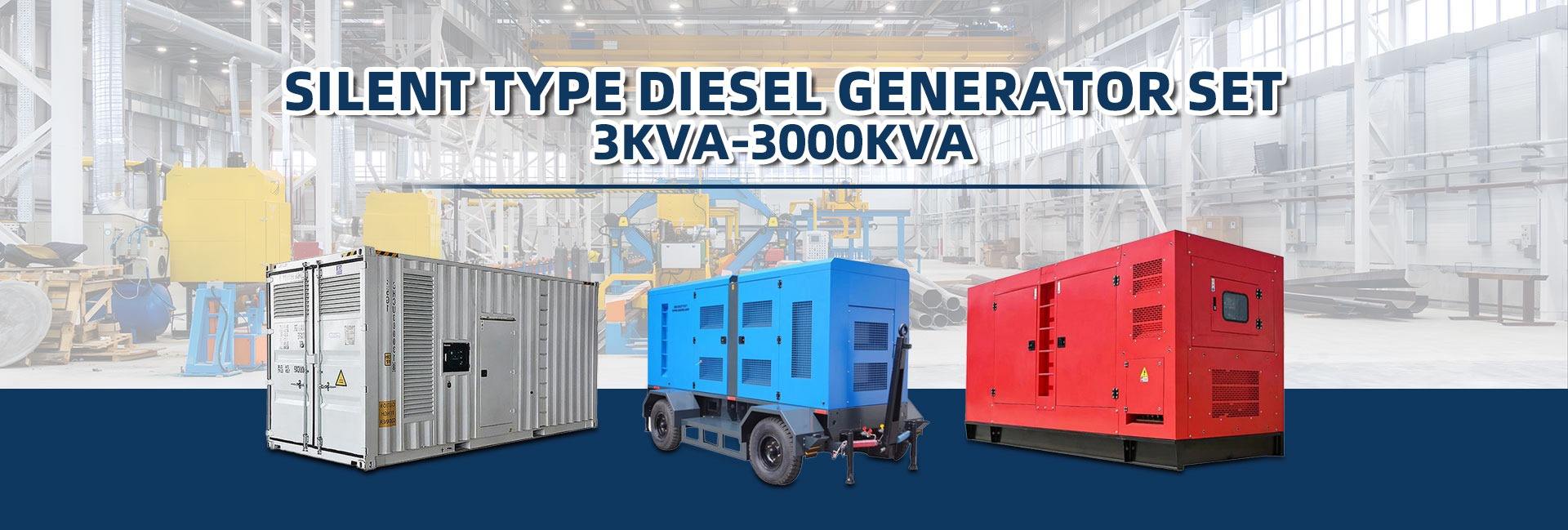Introduction
Have you ever found yourself in a situation where your generator set suddenly stops working, leaving you in the dark and without power? To be honest, it can be quite frustrating. But as it turns out, many generator problems are relatively easy to diagnose and fix if you know what to look for. In this article, we'll explore some common generator set issues and provide practical tips on how to troubleshoot them like a professional.
Understanding the Basics of Generator Troubleshooting
Before we dive into specific issues, let's talk about the importance of understanding your generator set's manual. I've found that many people overlook this valuable resource, which can provide crucial information about your generator's operation, maintenance, and troubleshooting procedures.
Key Insight: Familiarize Yourself with Your Generator's Manual
Your generator's manual is your first line of defense when it comes to troubleshooting. It contains essential information about your generator's specifications, operating instructions, and safety precautions. So, take some time to read through it and familiarize yourself with its contents. Trust me; it'll save you a lot of headaches down the line.
Common Generator Set Issues and How to Resolve Them
Now that you're well-acquainted with your generator's manual let's look at some common issues that may arise and how to address them.
Issue 1: Generator Won't Start
One of the most common problems is when your generator simply refuses to start. This can be due to several reasons, such as a dead battery, faulty ignition system, or lack of fuel.
Solution
Begin by checking your generator's battery voltage. If it's below the recommended level, you may need to recharge or replace the battery. Next, inspect the ignition system for any visible damage or worn-out parts. Lastly, ensure there's enough fuel in the tank and that the fuel valve is open.
Issue 2: Generator Runs Rough or Produces Low Power
If your generator is running rough or not producing enough power, it could be due to air or fuel issues, such as clogged air filters, dirty carburetors, or faulty fuel injectors.
Solution
Start by checking and cleaning or replacing your generator's air filter. Then, inspect the carburetor for any signs of dirt or debris and clean it if necessary. If the problem persists, you may want to have a professional check your generator's fuel injectors and other fuel system components.
Practical Application: Preventive Maintenance Tips
To minimize the likelihood of generator set issues, it's essential to perform regular preventive maintenance. Here are some actionable tips to keep your generator running smoothly:
Conclusion
Troubleshooting common generator set issues doesn't have to be a daunting task. By familiarizing yourself with your generator's manual, understanding the basics of generator troubleshooting, and following our practical tips, you can diagnose and resolve many common problems like a professional. And remember, regular preventive maintenance is key to keeping your generator running smoothly and minimizing the risk of unexpected breakdowns. So, take the time to care for your generator, and it will take care of you when you need it most.





